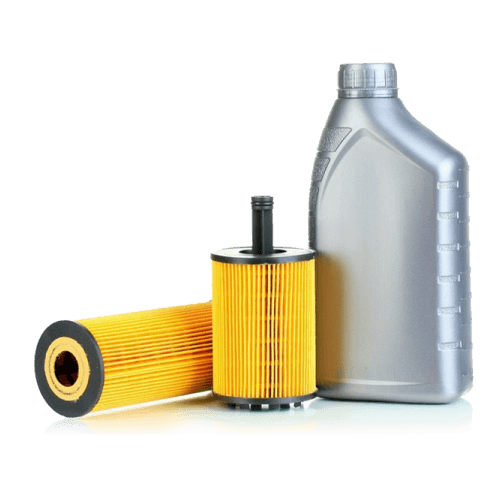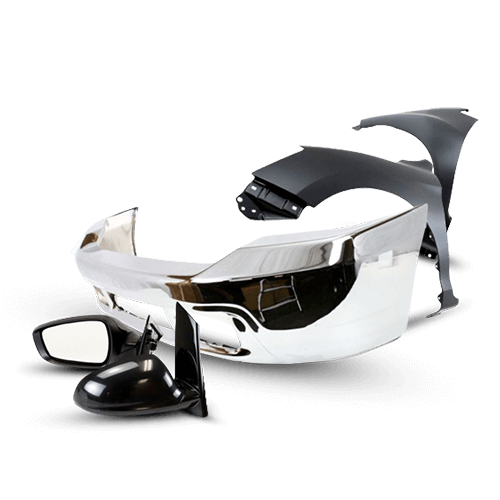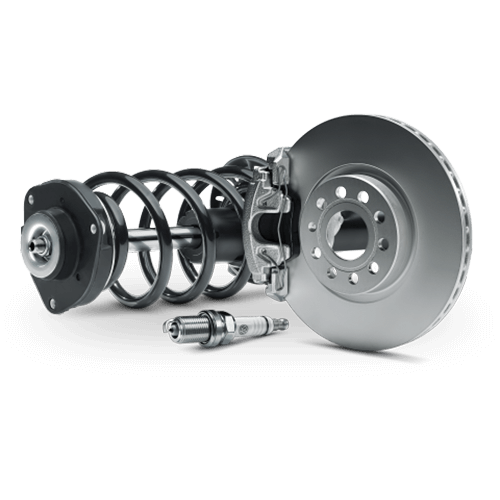
Bulbology 101: Revisiting guide to Halogen, HID & LED Bulbs
Over the years, we received many questions about the bulbs we sell. We come to realize that not everyone is bulb crazy like us. So, this may be elementary for some, but we present to you, “A basic guide to automotive bulbs.”
Tungsten-Halogen bulbs

Tungsten-Halogen bulbs (commonly called halogen bulbs) contains gases like nitrogen and argon that are enclosed in a vacuumed glass tube. In case you’re wondering, “vacuum” means that there is absolutely no air, no oxygen inside the bulb. The glass is produced so that it can withstand high temperatures that the bulb makes when lit. The gist of it is this: The bulb receives power from electrical current, then it heats the tungsten filament, and creates light. Due to its inexpensive price and relative ease of replacement, halogen bulbs are still the most popular bulbs in the market.
That being said, there are emerging new technologies which may be the better choice than halogen bulbs. Halogen bulbs, in most part, is rather energy inefficient. Also, the light output is dimmer than other types of light bulbs. You heard people say never to touch the bulb with your bare hand. That is because even a bit of hand oil on the glass can alter the heat distribution and lower the lifespan of the bulb.
HID (High Intensity Discharge)
HID- Sounds cool, right? It is also called Xenon. HID bulbs started to come out around the early 90's. BMW was the first automobile manufacturer to introduce the bulb to the market (BMW 7 series had HID) Since then, HID has been used by many other automakers for their mid to high-end models.
HID bulbs have mixture gases in the glass like the Halogen bulbs. However, they also contain rare metals (Don’t ask me what they are…) that are heated up with the gas to generate light. Typically, the light is bright white or in some cases, blue. Now, some people love the blue tint, but some don’t. If you are in the latter opinion, I would suggest not purchasing HID bulb that has Kelvin rate of over 5,000. HID bulbs are approximately 2~3 times brighter than standard halogen bulbs.
One of the differences compares to halogen bulbs is that HID bulbs require more power to start, but after the initial start-up, HID runs at much lower power usage than halogen bulbs. This makes HID much more energy efficient than the halogen bulbs. I have read in some blogs that this translates into less use of the alternator and so on, but that is for the mechanic guys to figure out.
Now for the reason why some manufacturers and individuals are not keen to HID bulbs- The cost. HID bulbs are considerably more expensive vs. halogen bulbs. However, the cost has come down a lot since the introduction of HID bulbs. Also, each passing year, more and more auto manufacturers are installing HID bulbs or at least have them as an option for the customers.
LED bulbs


Now for the cavorted bulbs that everyone's been asking lately- LED. The acronym, LED sounds so much sexier than "Light Emitting Diodes." At HID Concept, LED bulb sales have been increasing daily, and suspect that this trend will not stop. Since it is one of the latest technology, the price is the highest. That being said, it is the most energy-efficient bulbs over all other types. Compares to Halogen, which requires around 55~65 watts, LED only requires 15~18 watts. They also have a long lifespan. The estimated lifespan of LED bulbs is around 30,000 plus hours. If you are an environmentally conscious person, you would like that LED does not contain mercury. The size also matters as well. LED and its small size enables them to be designed in a conventional matter, different from halogen or HID bulbs. Finally, the light’s rise time is something in the 1 millisecond. So much faster than either Halogen or HID bulbs.

So, what’s the drawback? Again, the price is higher than other types of bulbs. Second thing is that LED bulbs do have to be cooled down by the emitter end. Otherwise, it can create the possibility to damage the near-by parts.
Since the popularity of LED bulb increased, a lot of the cheap LED kits have been pouring into the market. BE CAREFUL! There is a reason why Philips and Osram are the leading automotive bulb manufacturers. They spend incredible amounts of resource into R&D (Reseach & Development) when making their products. Some of these cheap LED kits use poor quality aluminum heat sinks and/or poor quality diodes. This will significantly shorten the lifespan of the bulbs.
LASER


No. This is not a weapon to blow up the slow drivers in front of you. It is an actual headlight technology that is so new, at the moment only a few cars have them. (e.g. BMW 7 series) According to Osram website, high beam Laser bulbs can reach distance up to 600 meters (About two times further than LED) and from other sites, they say that Laser bulbs are 1,000X brighter than LED. This technology is still new, and like I said, only a few of the high-priced cars have them. Oh, did I also mentioned that Laser bulbs are illegal in the U. S? I would stick to HID or LED for now.






